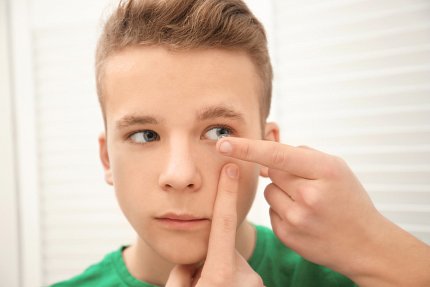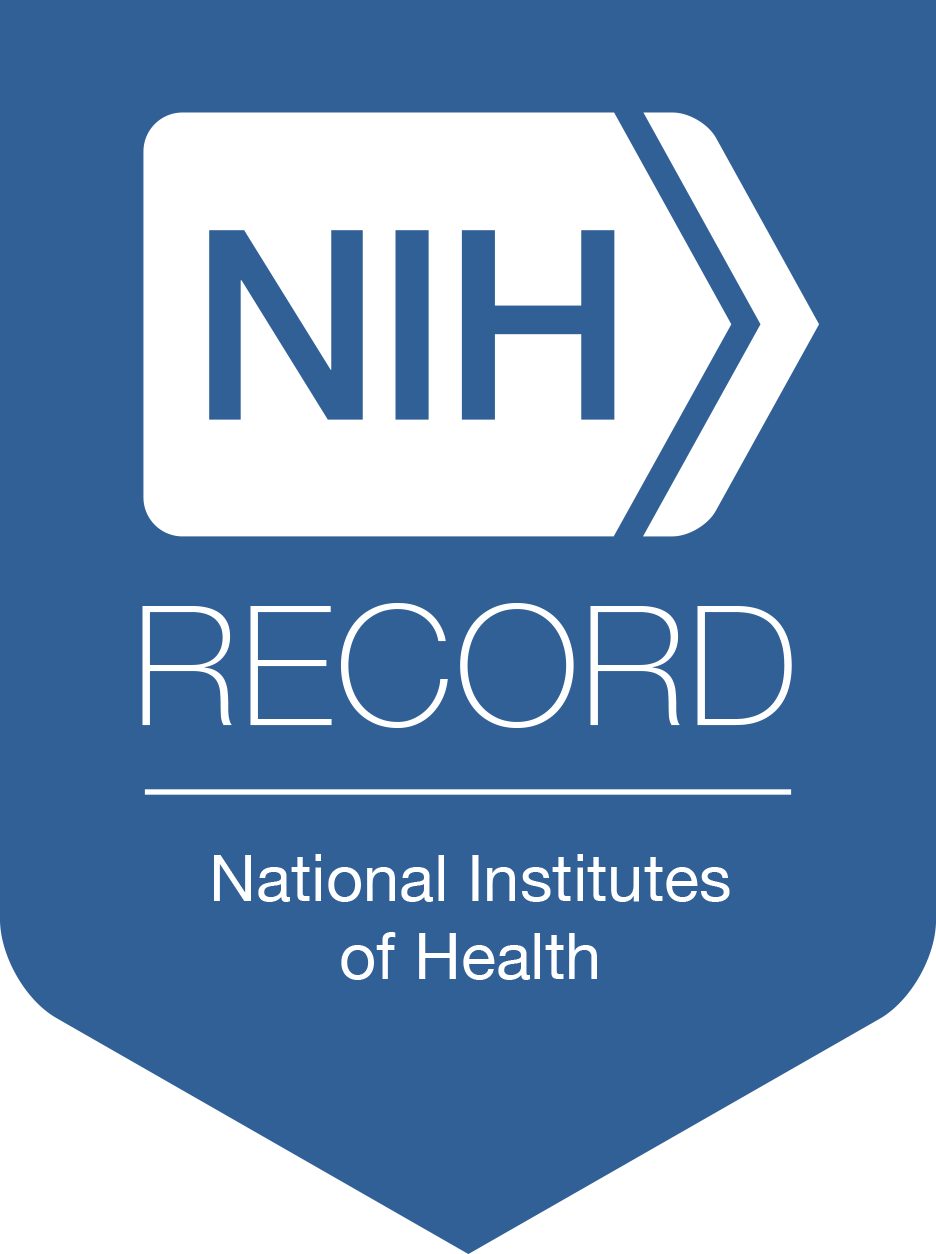Contact Lenses in Youth Have Lasting Effect

Photo: NEW AFRICA/SHUTTERSTOCK
NIH-funded researchers found that children who wore special contact lenses to slow progression of nearsightedness, known as myopia, maintained the treatment benefit after they stopped wearing the contacts as older teens.
The NEI-funded study, known as the Bifocal Lenses In Nearsighted Kids (BLINK), and follow-on study, known as BLINK2 published their findings in JAMA Ophthalmology.
Controlling myopia progression in childhood can help to potentially decrease the risks of vision-threatening myopia complications later in life, such as retinal detachment and glaucoma. Rates of myopia have been increasing in recent years with some implications that higher use of personal devices plays a role.
Myopia occurs when a child’s developing eyes grow too long from front to back. Instead of focusing images directly on the retina—the light-sensitive tissue in the back of the eye—images of distant objects are focused at a point in front of the retina. As a result, people with myopia have good near vision but poor distance vision.
“There was concern that the eye might grow faster than normal when myopia-control contact lenses were discontinued. Our findings show that when older teenagers stopped wearing these lenses, the eye returned to the age-expected rate of growth,” said Dr. David Berntsen, principal investigator and chair of clinical sciences at the University of Houston College of Optometry.
The new study follows an original clinical trial that showed soft contact lenses designed to add high focusing power to one’s peripheral vision, as well as correction for one’s distance vision, were most effective at slowing the rate of eye growth, decreasing how myopic children became. Participants in the follow-up study wore high-add lenses for two years, followed by single-vision contact lenses for the third year of the study to see if the benefit remained after discontinuing treatment.
At the end of the follow up study, axial eye growth returned to age-expected rates.
“Our findings suggest that it’s a reasonable strategy to fit children with multifocal contact lenses for myopia control at a younger age and continue treatment until the late teenage years when myopia progression has slowed,” said follow-up study chair, Dr. Jeffrey J. Walline, associate dean for research at the Ohio State University College of Optometry, Columbus.
Single vision prescription glasses and contact lenses can correct myopic vision, but they fail to treat the underlying problem. By contrast, soft multifocal contact lenses correct myopic vision in children while simultaneously slowing myopia progression by slowing eye growth.
